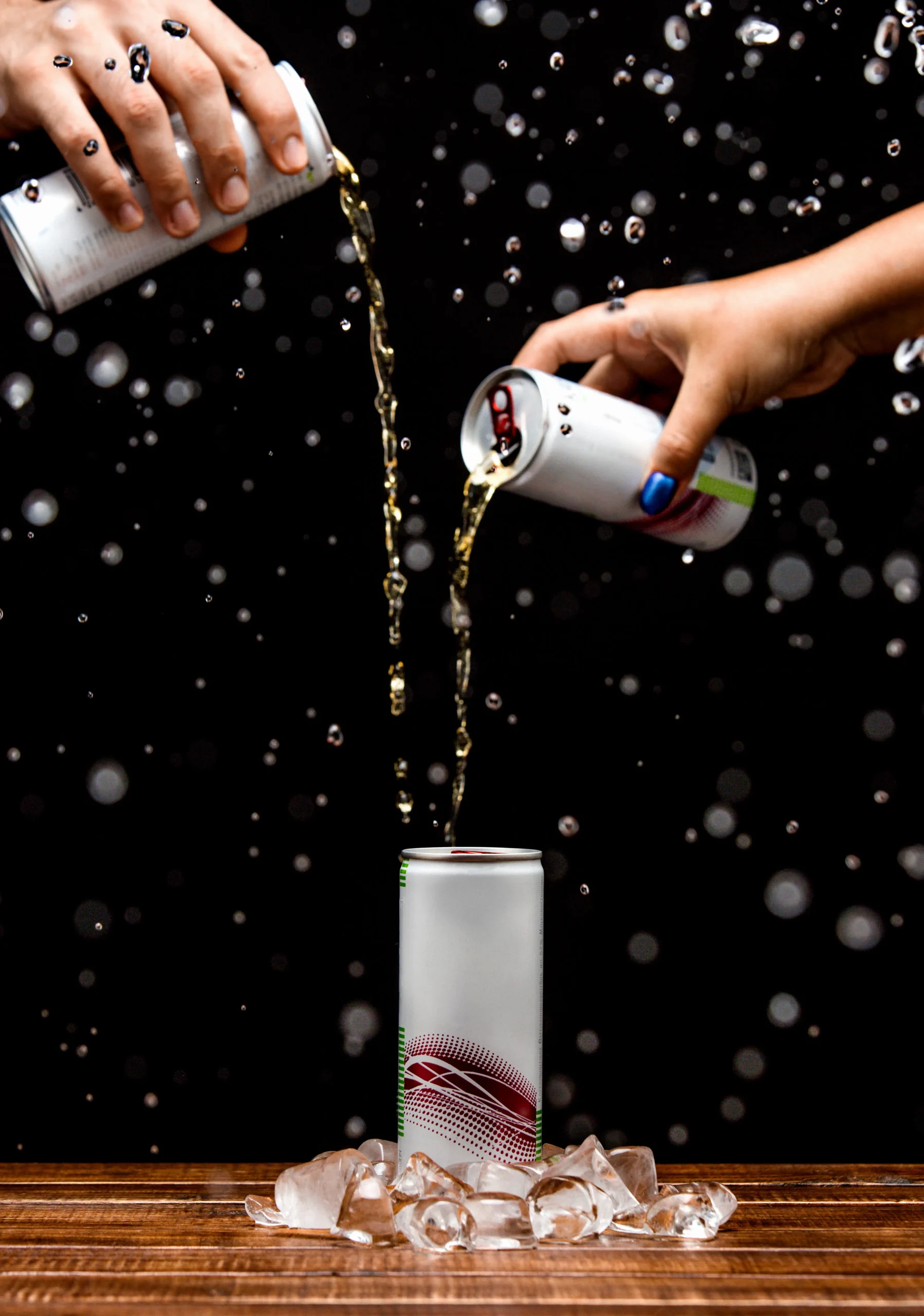We’re glad you’re here as we dive deep into the realm of “Breaking Bad Sodas.” Although we have grown accustomed to these tasty, fizzy drinks, there is much more to them than meets the eye in terms of ingredients and potential health effects. In this blog article, we’ll look into the untold risks and controversies that lurk on the labels of your favourite sodas, revealing the issues that have alarmed customers who care about their health.
An Overview of Breaking Bad Sodas’ History
The history of sodas, commonly referred to as soft drinks or carbonated beverages, is extensive and fascinating. These sweet and fizzy drinks have played a vital role in modern culture from the early days of soda fountains in the late 19th century to the rise of mass-produced sodas in the 20th century. But as they became more popular, people started to worry about how they would affect their health.
Ingredients Revealed
The secret to comprehending what we’re ingesting is hidden behind every label. High fructose corn syrup (or similar sweeteners), carbonated water, artificial flavours, colours, and miscellaneous additives are typical components of most sodas. Although these chemicals are a potential health risk, they can contribute to the distinctive flavour and appearance of broken bad sodas.
The Debate Over High Fructose Corn Syrup
High fructose corn syrup (HFCS) is one of the most contentious components present in many breaking bad drinks. This corn-based sweetener is used to improve the flavour and shelf life of beverages. However, studies have connected excessive HFCS consumption to diabetes, obesity, and other illnesses. Making wise decisions about our beverage use requires an understanding of the HFCS hazards.
A Dilemma Between Artificial Sweeteners and Sugar
A lot of soda manufacturers started using artificial sweeteners as a supposedly better option as health worries about sugar and HFCS rose. Artificial sweeteners, however, are not without controversy. According to studies, these compounds may interfere with our body’s normal capacity to control calorie intake, which could result in overeating and weight gain. Concerns have also been expressed regarding their potential effects on metabolism and gut health.
The Mysteries of Caffeine
Another prevalent element in breaking bad sodas that is recognised for its stimulant properties is caffeine. Although most adults can safely consume a modest amount of caffeine, excessive use can have negative effects such as jitteriness, sleep difficulties, and even caffeine addiction. For some people, consuming too much coffee can make their pre-existing medical disorders worse.
Unknown Health Dangers
Breaking Bad Sodas may provide hidden problems in addition to the well-known health risks. Carbonated drinks’ acidic composition can erode tooth enamel, which can cause cavities and sensitive teeth. Furthermore, several studies have connected drinking soda to a higher risk of heart disease, kidney problems, and loss of bone density.
Environmental Effects
The massive size and production methods of the soda industry dramatically worsen environmental problems. Breaking Bad soda production, packing, and shipping generate a significant quantity of plastic trash as well as greenhouse gas emissions. The sustainability of the industry and the health of our world depend on addressing these environmental issues.
Make Informed Decisions
Although the temptation of Breaking Bad sodas is still powerful, being aware of the risks enables customers to choose their preferred beverages with knowledge. General health can benefit from reducing soda intake and switching to healthier options like water, natural fruit juices, or homemade flavoured drinks.
Conclusion
Beyond their frothy, sweet taste, broken bad sodas have a deep and contentious world behind their label. It is important to approach soda use with awareness and moderation due to issues ranging from their impact on health to their contribution to environmental challenges. As buyers, we have the authority to demand transparency from producers and make decisions that support our aims for sustainability and good health. We can start along the path to a healthier and more responsible beverage culture by realising the truth about breaking bad sodas.

